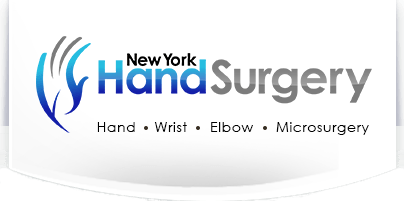Work Related Injuries
Injuries at work place are very common and may be debilitating. Workplace injuries often occur because of high-risk jobs, lack of or scarcity in safety devices, lack of training, higher numbers of manual workers and repetitive stress.
Repetitive stress injuries are the most common types of work-related injuries with several risk factors, including repetitive, forceful, or prolonged exertions of the hands and prolonged awkward postures.
Occupational injuries can be categorized in many ways such as injuries by nature of job, injuries related to various organs, and injuries based on severity. Injuries at work place may affect any part of the body and at times at multiple locations. Most often, disorders affect the soft tissues of the neck, shoulder, elbow, hand, wrist, and fingers and develop gradually. Conditions that can result from work-related musculoskeletal injuries to the upper extremities include joint dislocations, cartilage damage and stress fractures. Led by our physicians, our medical team will work with you to prevent, diagnose and treat work-related injuries and conditions.
The common injuries at work place include:
- Sprains
- Fractures
- Bone dislocations
- Soft tissue injuries
- Injuries requiring limb amputations
Some injuries may damage the nerves that may cause inflammation, loss of muscle control and loss of sensation. Symptoms may proceed to paralysis, limited movement, and immobility. Workplace injuries are diagnosed using X-rays, computed tomography (CT) scans, and magnetic-resonance imaging (MRI) scans.
Depending on the type and severity of injury, treatment will be initiated. Regardless of the type of injury, patient should be provided first aid that includes
- ABC: Airway, breathing and circulation
- Immobilization of the body part affected to avoid further injury
- Shift to hospital and once stabilized, methylprednisone can be administered (within 8 hours after injury) to reduce swelling and further tissue damage.
Later your orthopedic surgeon will decide on the treatment. You may be treated with pain medications, injections (injecting into joints), physiotherapy, and surgery. Surgery is recommended when other treatments are a failure or inappropriate. Your surgeon may recommend for rehabilitation that includes both physiotherapy and occupational therapy to promote complete and faster healing.
















